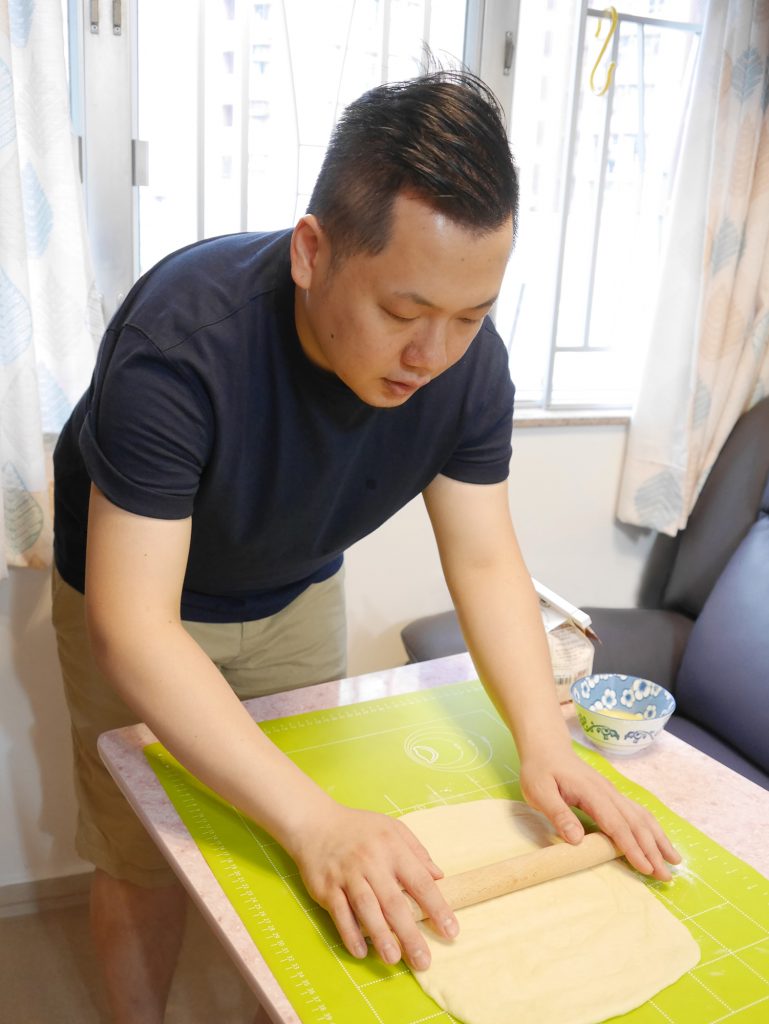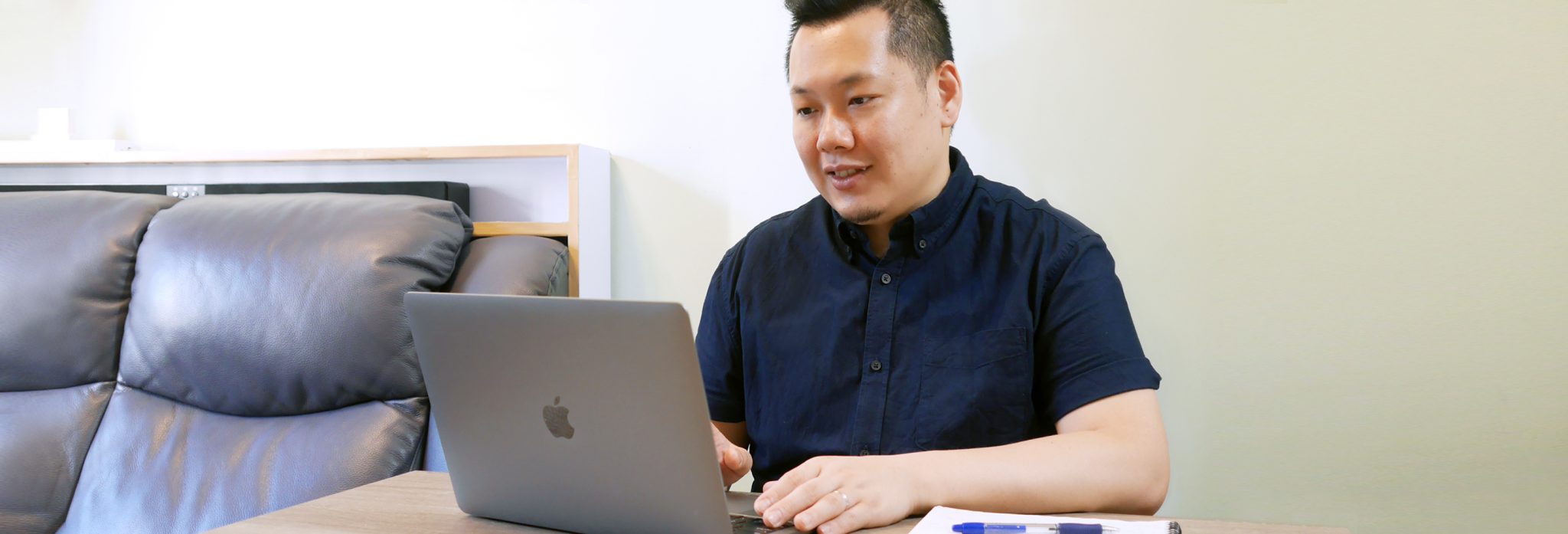Tell us what you do here. What does your day-to-day look like?
As a UX designer, my responsibilities includes conducting user research and testing to evaluate users’ needs and clients’ requirements, illustrating design ideas through storyboarding, determining user flows, wireframing, prototyping, and designing user interfaces to solve business problems. I collaborate with other teammates from the design, project management, actuarial and development teams to ensure the design specifications are well implemented.
I always start my working day with a daily morning standup. Usually, this is the best time to communicate with the whole project group and organise upcoming tasks.
What’s been the most exciting project you’ve worked on? Why does it excite you?
We recently got to work on a great project for a leading insurer to help design a series of product explainers and pre-sales tools. It covers a variety of insurance products including life, retirement, savings and critical illness. What excites me the most is working very closely with a large and complex project group involving client team and our team every day. All of them are experts in the industry and overall we’ve got a good chemistry which helps to inspire me during the design process and together we deliver innovative outcomes.
What is design thinking and how is it important to the insurance industry?
Design thinking is a methodology that aims to tackle complex problems by understanding users’ needs and solve them in an intuitive and user-centric way. You’re encouraged to empathise with target users to understand their problems, and then generate design ideas based on observations and studies of these users, and finally iterating constantly through prototyping and evaluating with users through user testing in order to implement a final solution best suited for them.
Design thinking is even more important in insurance as it’s such a customer-centric industry. A large part of what we do is to transfer a list of complicated items like policies, terms, product features, pricing, benefits and claim scenarios into a simple solution for insurance customers to understand and digest with ease. Design thinking is important here because we’re trying to improve the overall customer experience, so it is essential that we are helping customers understand the products, and also facilitate insurance agents to sell products to their customers with ease.


What are your hobbies and interests outside of work?
Biking, basketball, playing video games, making models…I have many interests! However, due to the current COVID-19 situation, outdoor activities are being stopped. During this period, I’ve developed another new hobby – baking!
I started baking just because I wanted to make some bread for breakfast during the work from home period without going outside. Before that, I have no idea about baking and cooking, but now it becomes one of my biggest interests (I just don’t enjoy the washing up part LOL).
Do you think there’re any parallels between design and baking?
‘Understand your user’ is the main ethos behind design thinking. With baking, you want to prepare something that suits people’s tastes. For example, when I make cookies for my wife, I would add more sweetener because she really has a sweet tooth; if I bake cakes for my parents I would use less butter to make it healthier. Of course, baking and cooking is very visually driven too, so you need to make sure your end product looks attractive to your ‘users’.
The most important thing is to keep testing and learning. Always get inspiration from different experiences around you outside and at work; from conversations with people and also dig around different mediums and channels like blogs, videos, etc. As a beginner baker, there’s still a long way ahead for me to improve my skills.

coherent_marketing
-
This author does not have any more posts.





